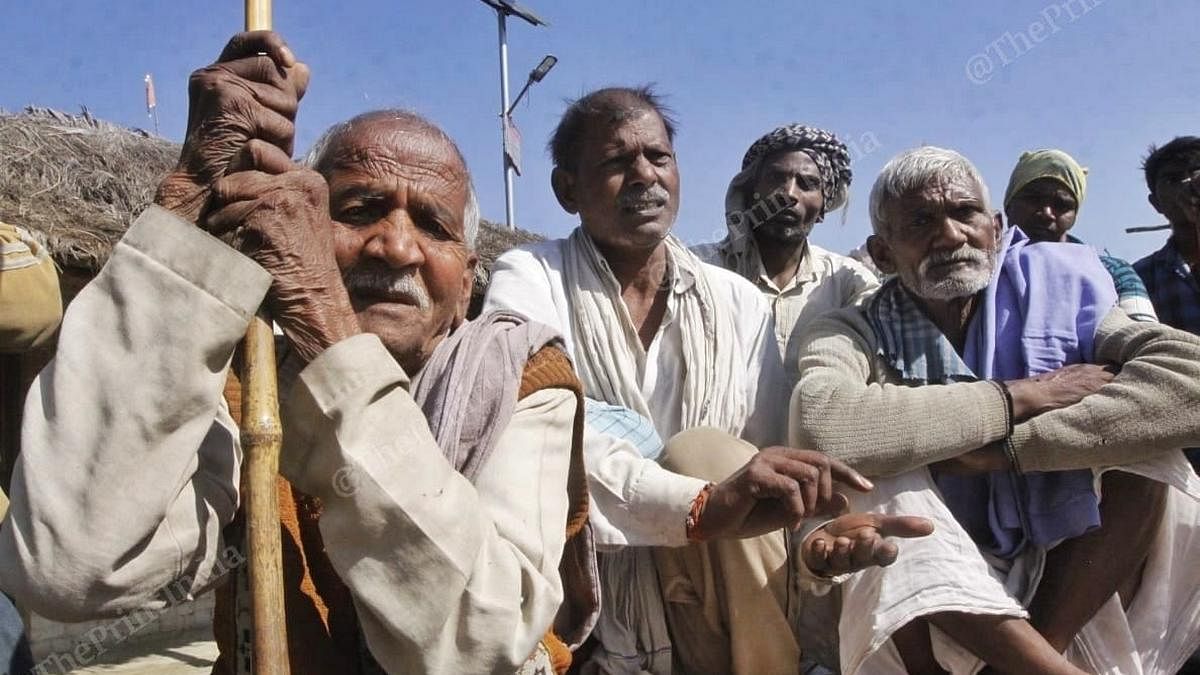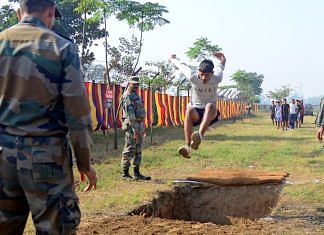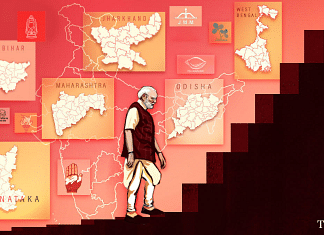Thank you dear subscribers, we are overwhelmed with your response.
Your Turn is a unique section from ThePrint featuring points of view from its subscribers. If you are a subscriber, have a point of view, please send it to us. If not, do subscribe here: https://theprint.in/subscribe/
In present time, earlier development models seem missing in policy formulation process. The reason may be their irrelevance. However, no alternative models are being discussed or proposed. Temporary and sporadic plans have taken the space of development models. But challenges emerging out of an ongoing economic process which is changing employment structure, creating unproductive works and changing the settlements classification, can’t be dealt with such short-sighted plans. In rural India, a large number of working population are shifting from farm to unproductive and low wage non-farm employment. The consequences are not restricted to only rural employment structure, but it is also causing classification of rural areas as unban units which is termed as census towns by Census of India. The future of pattern of both employment and unbanisation would depend on how government deal with this on-going process.
In rural India, majority of workers are getting absorbed in low wage and unproductive non-farm works as agriculture is not a sustainable livelihood option for majority of rural working population. Most of them are daily wage workers, transporters, petty shop owners, construction workers etc. In rural India, around half of workers are self-employed. The main problem is high share of casual labour.
In rural India, around one- fourth of working population are casual labour. Rural India’s employment problems should not be viewed from the perspective of merely unemployment and nature of works. But, the mechanism by which these rural workers should be absorbed in non-farm employment must be the prime concern of the government. This is crucial as the changing employment pattern is also transforming rural areas into urban areas. In 2011 Census, a large number of rural areas were classified as census towns. Out of 2774 new towns reported by 2011Census, 2532 were census towns.
The main criteria, among others, is high share of male main workers (75% or more) in non-farm sector. This implies that India is getting new urban centres with rural characteristics. The planning to administer these urban centres is lacking at the state level.
Productive employment generation on mass scale seems to be a distant dream in the absence of robust manufacturing sector. W. Arthur Lewis argued in favour of manufacturing activities to absorb rural labour surplus. In 1950s and 1960s, heavy industrialisation was started to accelerate the economic growth. It had successfully absorbed a substantial number of rural labour. But this phenomenon was restricted to certain regions. The possibility of second phase of heavy industrialisation to absorb labour is negligible. Although, building robust manufacturing sector has always been one of the main promises that political parties make in their manifesto.
Challenges to building a robust manufacturing sector are big and arduous. But household and small manufacturing units can be crucial in absorbing rural labour and providing productive employment. In many small urban centres, which are near to rural settlements, a substantial share of working population are engaged in household manufacturing units. In Uttar Pradesh, substantially high percentage of workers, above 20%, are engaged in household manufacturing units in 38 census towns.
The share is above 60% in some of these census towns. These manufacturing units requires financial and technological support. Government’s assistance to household and small manufacturing units must be done in mission mode in small urban centres situated near rural settlements. It may work as an alternative to heavy industrialisation suggested by W. Arthur Lewis to absorb surplus rural labour.
Certainly, government’s financial and technological support will enhance the productivity of these manufacturing units. Undoubtedly, India’s development path and urbanisation pattern will be determined by the dynamics of occupational changes in rural India. Moreover, ongoing occupational changes in rural India is widening the gender gap in work and wages. In rural India, it is difficult for female workers to get absorbed in non-farm employment. But household and small manufacturing units can provide productive employment to rural female workers.
Development programme with specific emphasis on productive non-farm employment generation is essential in and around rural settlements to deal with challenges arising out of occupational changes in rural India, mainly shift of working population from farm to non-farm employment.
Also read: SubscriberWrites: ‘Democracy 2.0’ — A new definition of democracy is needed in changing times
These pieces are being published as they have been received – they have not been edited/fact-checked by ThePrint.












COMMENTS